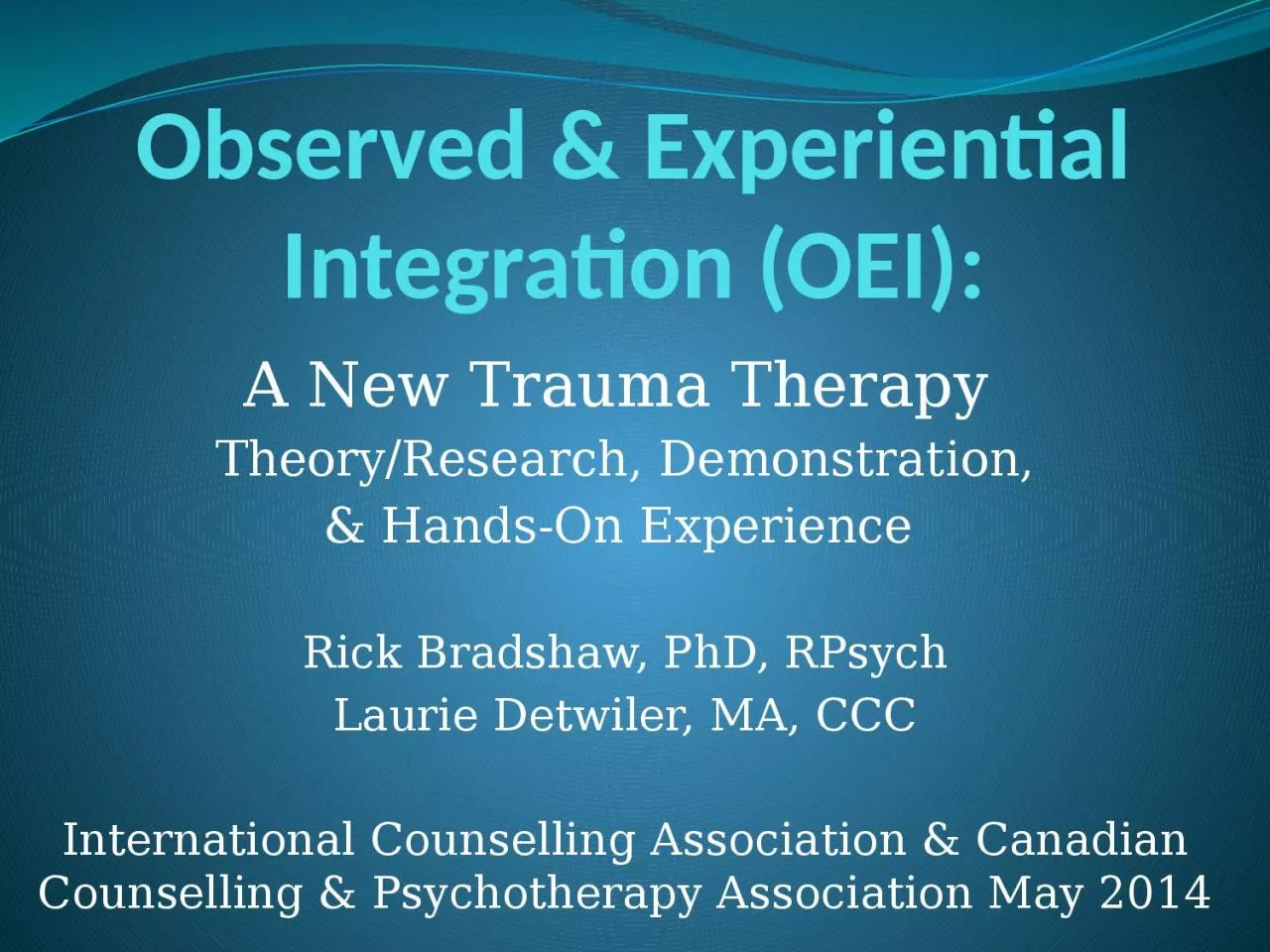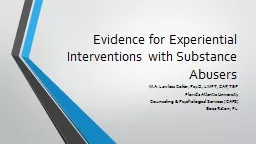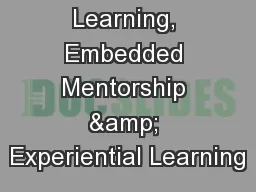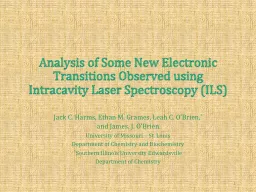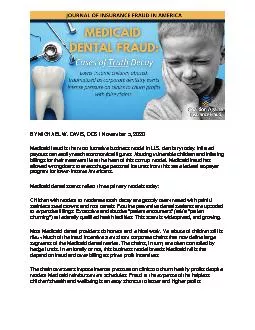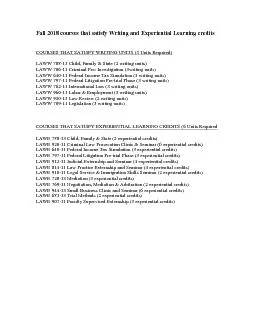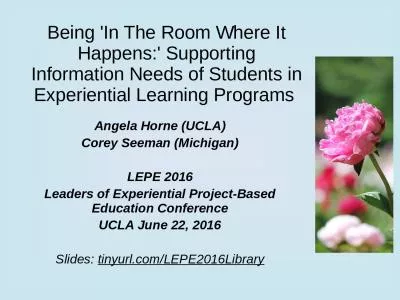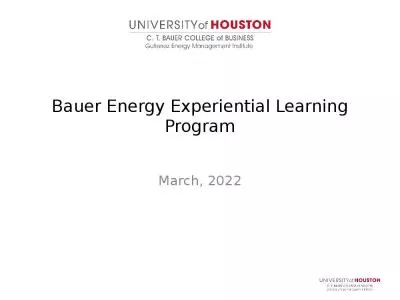PPT-Observed & Experiential Integration (OEI):
Author : ani | Published Date : 2024-03-13
A New Trauma Therapy TheoryResearch Demonstration amp HandsOn Experience Rick Bradshaw PhD RPsych Laurie Detwiler MA CCC International Counselling Association
Presentation Embed Code
Download Presentation
Download Presentation The PPT/PDF document "Observed & Experiential Integration ..." is the property of its rightful owner. Permission is granted to download and print the materials on this website for personal, non-commercial use only, and to display it on your personal computer provided you do not modify the materials and that you retain all copyright notices contained in the materials. By downloading content from our website, you accept the terms of this agreement.
Observed & Experiential Integration (OEI):: Transcript
Download Rules Of Document
"Observed & Experiential Integration (OEI):"The content belongs to its owner. You may download and print it for personal use, without modification, and keep all copyright notices. By downloading, you agree to these terms.
Related Documents

